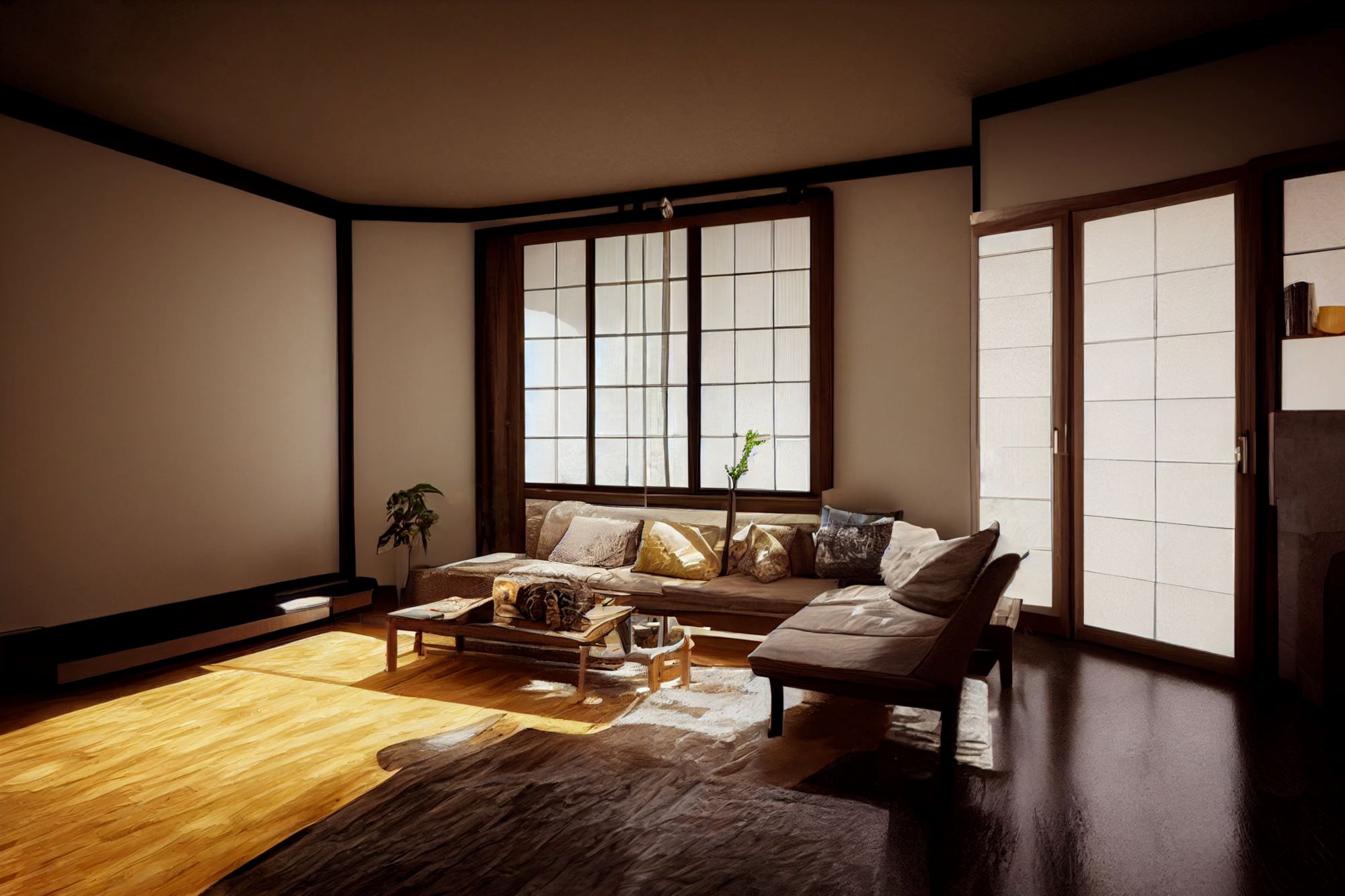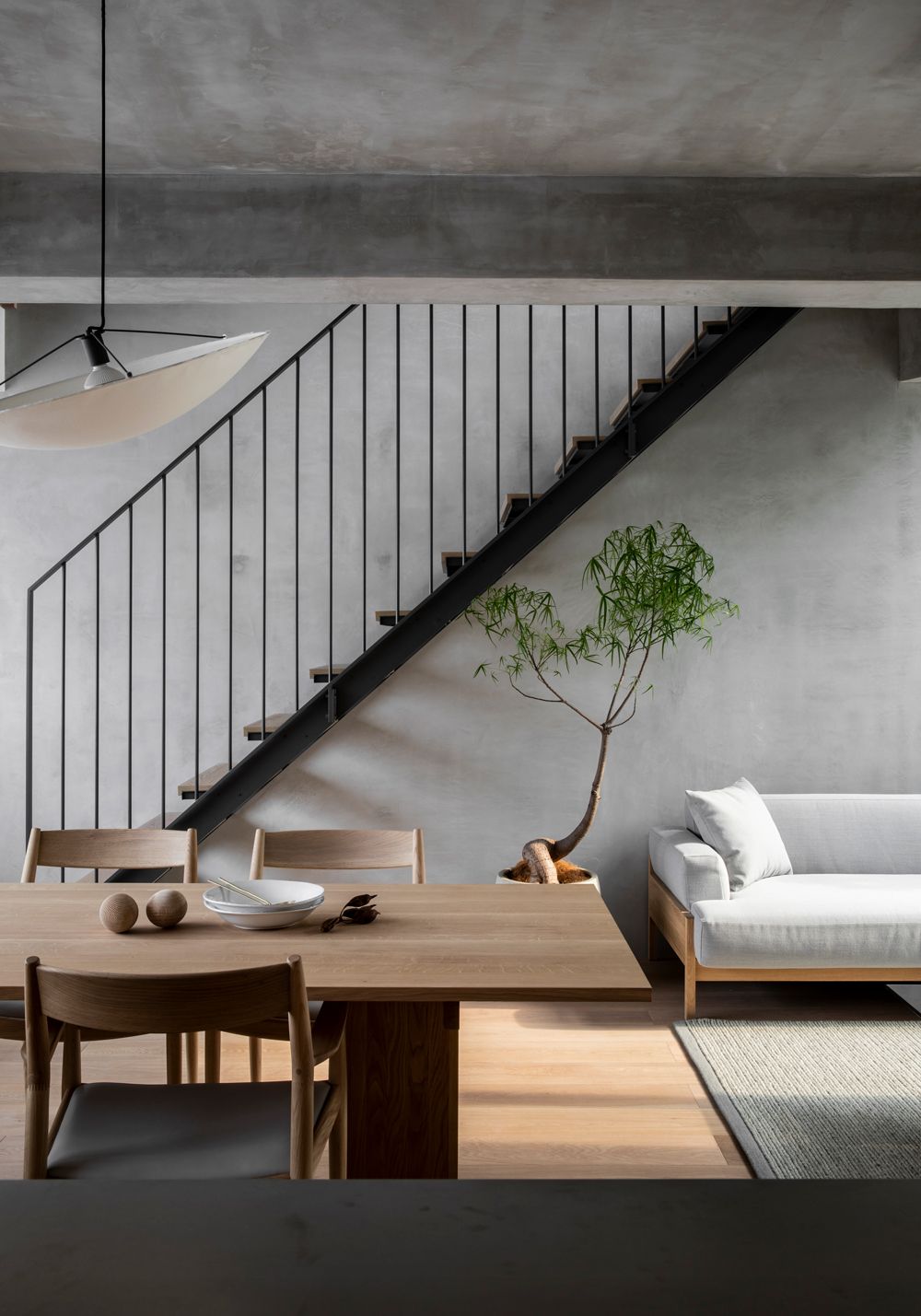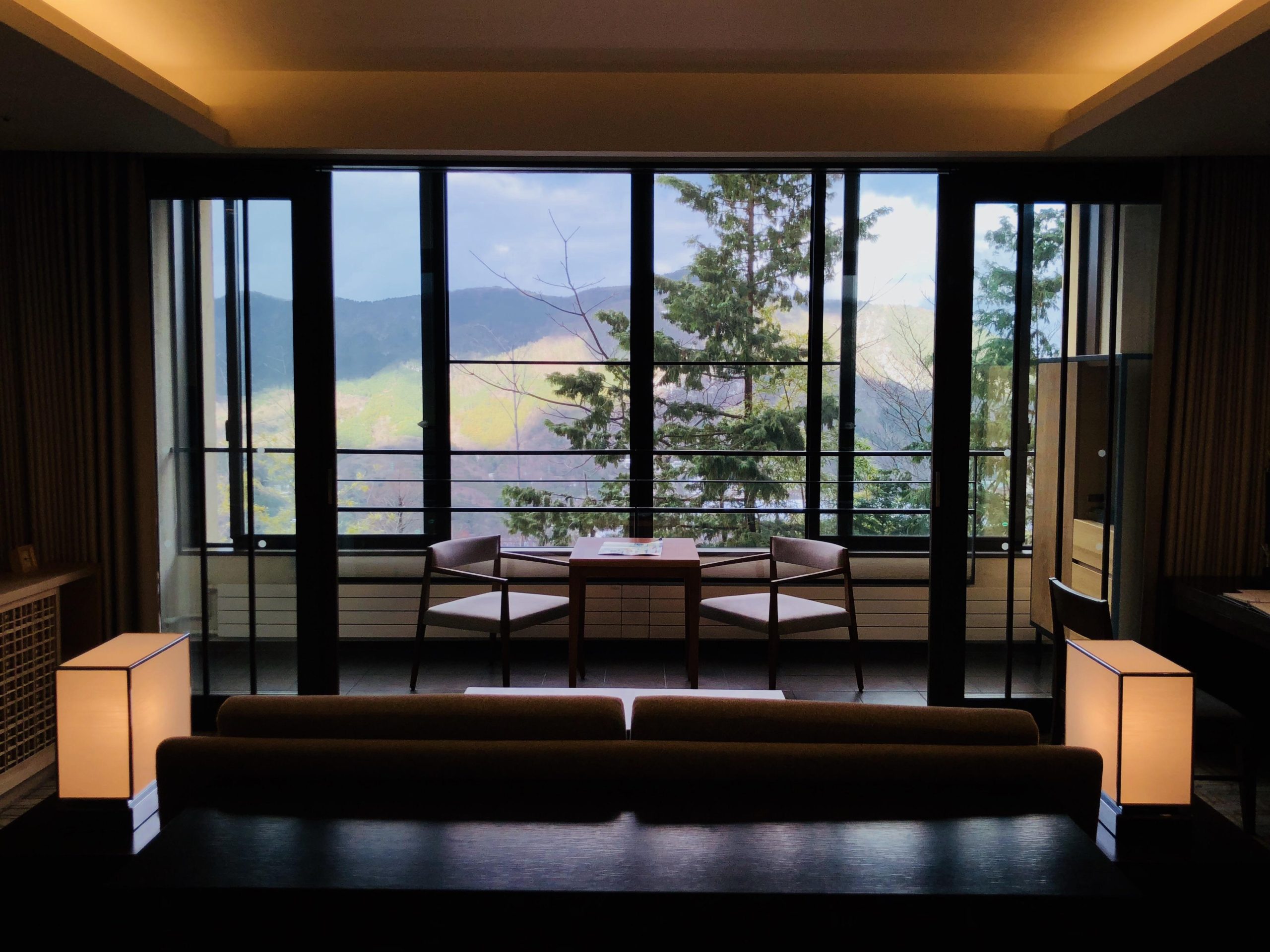Your basket is currently empty!
Japanese Interior Design


Japanese interior design is deeply rooted in the philosophy of wabi-sabi, which finds beauty in imperfection and simplicity. This style emphasizes minimalism, natural materials, and a neutral color palette. Core elements of the standard japanese interior space includes openess, natural light, low wooden or bamboo furniture, and understated décor inspired by nature. The color scheme relies on muted, earthy tones, while textures like wood, stone, and natural fabrics create a calming, nature-connected ambiance.
Japanese interior design is all about embracing imperfection, elegance of simplicity and natural authenticity. This is summed up in a philosophy called wabi-sabi. According to design expert The Spruce, wabi-sabi is a “finding of beauty in imperfection” and draws its roots from a deep respect for nature and time, which slowly but surely keeps passing. The term combines wabi, a concept meaning to live humbly in harmony with nature, and sabi, which means accepting life’s imperfections as they come. Foundational to interior design, this mindset goes beyond aesthetics to touch all facets of life.
According to Daniel Brown, an interior designer and cleaning expert, what lies at the core of Japanese interiors is minimalism. The style is characterized by simplicity in its forms, natural materials, neutral color tones, and clutter-free spaces. Brown explains, “Japanese design embodies simplicity and emphasizes the principle of ‘better less, but better.’ This creates a serene environment, ideal for relaxation and meditation.” Japanese interiors are dominated by low-profile furniture, clean lines, and simple geometric shapes. Spaces are kept open for the flow of light and air.


Matthew Wilson, an expert on home design, describes Japanese interiors as a harmonious blend of restraint, nature, and tranquility. Key features include open-plan layouts, large windows without heavy drapes, and movable shoji screens that provide flexibility in creating private or shared spaces. This openness fosters self-reflection and inner peace by embracing simplicity and natural beauty.
Natural materials are central to Japanese interior design. Designers favor high-quality, durable materials like cedar, pine, and bamboo for their innate beauty. Traditional elements such as tatami mats—made from rice straw—enhance sensory experiences and imbue a tranquil atmosphere. Handcrafted ceramics and stoneware, prized for their imperfections, are common décor items, reflecting wabi-sabi. Textiles like silk, cotton, and linen add warmth and texture, grounding the design in nature.
Japanese interiors feature muted, natural tones that evoke calm and harmony. Giovanni Scipio, a creative studio director, highlights the importance of colors like soft whites, earthy beiges, and olive greens. These shades echo the natural environment, promoting relaxation and balance. Splashes of traditional indigo or red in textiles connect the design to Japanese culture and seasonal changes.
Functionality is key in Japanese furniture design. Low-profile furniture, such as our Japanese coffee table, futons and chabudai tables, encourages a closer connection to the earth—a vital element of Japanese culture. Multi-functional pieces save space, while built-in shelves and cabinets maintain order and minimize visual clutter. Asymmetry, another wabi-sabi principle, adds a dynamic, natural feel to furniture arrangements.
Wabi-sabi is a Japanese philosophy of design and beauty that celebrates the imperfect, incomplete, and impermanent, especially in regard to a natural process, like aging. Wabi-sabi translates into making interior spaces simple, authentic, and connected with nature. Key characteristics of this style include the employment of natural materials like wood, stone, and clay-the things that change uniquely with years-and a focus on handcrafted imperfect items adding warmth and uniqueness to a space. Earthy and neutral tones are common, which creates a tranquil and harmonious environment. Wabi-sabi interiors create an imperfect and transient appreciation of life, thus allowing serene and mindful living.
Japanese coffee tables are but a manifestation of the essence of Japanese interior design, which merges simplicity with practical elegance. Generally low-lying, they reflect the traditional Japanese way of life to sit on cushions on the floor, known as zabuton. Made from natural materials, such as solid wood or bamboo, clean lines and minimal ornamentation draw one’s attention to the beauty of the raw material. Many of them feature the essence of wabi-sabi, a philosophy that finds beauty in imperfection and transience. Some ensure practicality by either having inbuilt storage or the ability to fold away for maximum space. Adding a Japanese coffee table to your living space brings a touch of serenity and a strong connection with nature.
While minimalism reigns, Japanese interiors embrace thoughtful, nature-inspired décor. Bonsai trees, ikebana floral arrangements, and traditional calligraphy add life and character without overwhelming the space. Handcrafted ceramics with unique textures celebrate the philosophy of imperfection. Our decor focuses on subtleness – so be sure to check it out. Natural fabrics like linen and cotton complete the aesthetic, balancing utility with beauty. Japanese interior design represents a culmination of minimalism and functionality, with great respect for nature. Ideal for people who value discretion in everything, including elegance and harmony with the outdoors. The approach that Japanese designers have is quite reminiscent of scandinavian movements. For example, the ŌBAKE Modern Floor Lamp, translated to ‘Ghost’ is a perfect standing lamp for your home if you are seeking a simple, clean look.